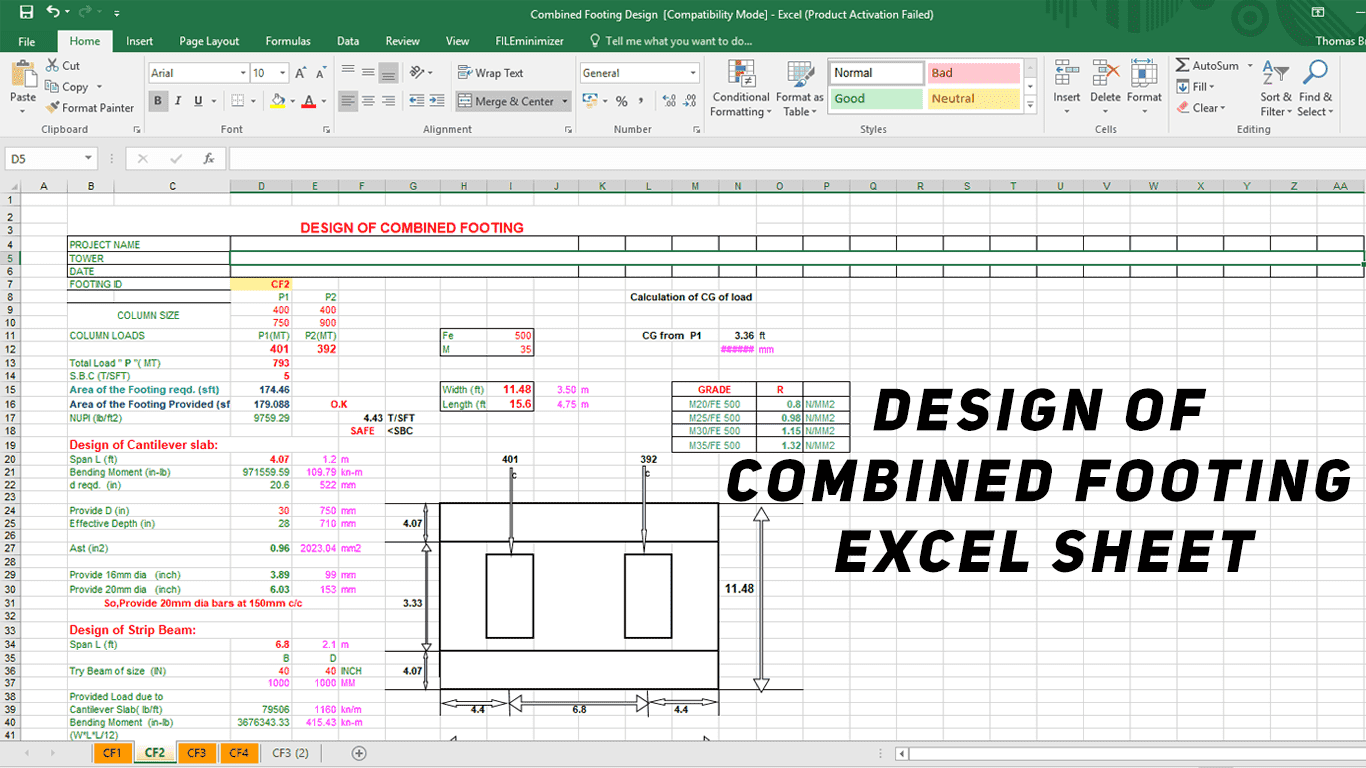Design Spreadsheets
Detail of Roof Truss

Detail of Roof Trust
Roof Design
The roof design and roofing materials have a significant impact on the finished appearance of the residence.
Roof Slope
- Roof slope is the slant of the roof.
- Shown on a drawing as a slope ratio diagram or fractional pitch.
- The slope diagram represents the ratio between the rise and run of the roof.
- The run is always expressed as 12 units.
- Fractional pitch is rise/clear span.
Roof Trusses
- The roof truss is an assembly of members that form a rigid framework.
- Information needed to purchase a truss includes the span, roof pitch, spacing of trusses, and roof load.
- Lightweight wood trusses generally can span distances of 20′ to 32′.
- Residential trusses are generally 2″ x 4″ or 2″ x 6″ lumber.
Cornice
The cornice is that part of the roof that overhangs the side walls.
Three types of cornices are frequently used in residential construction.
- Open cornice.
- Box cornice.
- Close cornice.
Roof Sheathing and Roofing
- Roof sheathing supports the roofing material.
- Sheathing is generally plywood or other approved panel products.
- Sheathing thickness depends on spacing of the rafters.
- 1/2″ sheathing-grade plywood is generally used when rafters are 16″OC.
Roofing Materials
- Asphalt shingles are the most popular type of roofing material for residences.
- Usual weight is 235 pounds per square.
- A “square” of shingles covers 100 square feet.
- A layer of 15-pound saturated-felt building paper is usually placed between the sheathing and shingles.
- Common Roofing Materials – Associated Roofing Contractors of the Bay Area Counties. Asphalt Shingles: Asphalt shingles are the most commonly used and among the least expensive of materials available for steep slope applications. They are very durable and are available in a wide variety of colors and textures.Roofing material is the outermost layer on the roof of a building, sometimes self-supporting, but generally supported by an underlying structure.








